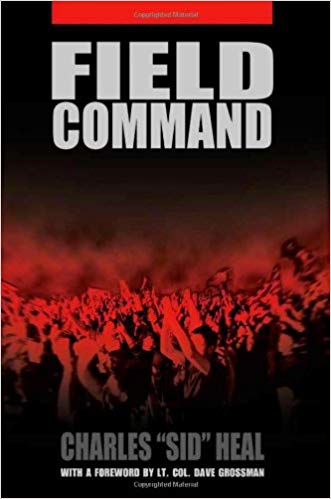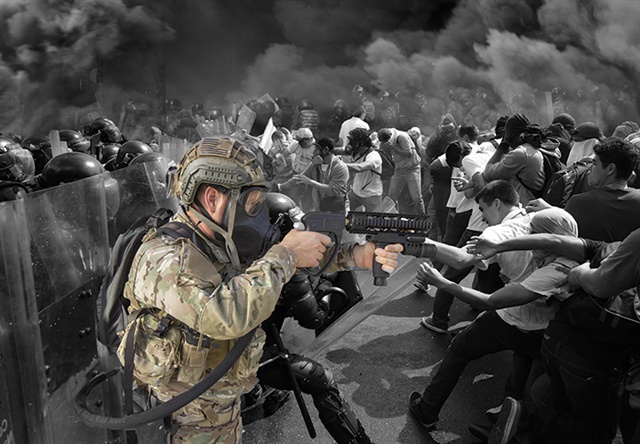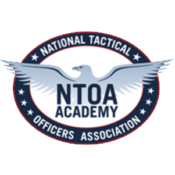The principles that support sound tactical decisions have been documented since the time of Sun Tzu, Philip of Macedon, Alexander the Great, Thucydides, and many others, so it is somewhat ironic that many contemporary law enforcement commanders are sadly lacking any understanding of the science that supports sound decisions. This is not to besmirch or belittle their earnest and gallant efforts at doing the best they can with what they have, but rather an indictment of a system that teaches strategy and tactics as a “skill set” rather than an intuitive application of doctrinal principles and precepts. As long as the situation encountered resembles those for which these commanders were trained they work just fine. Problems occur; however, when some variation results in a deviation from the norm and the commander attempts to impose a solution which has been successful in the past but is unsuitable for the different circumstances.
In the simplest terms, tactical science is the systematized body of knowledge covering the principles and doctrines associated with tactical operations and emergency responses. It reconciles scientific knowledge with practical ends. Unlike the “hard” sciences, such as chemistry, physics and mathematics, tactical science more closely resembles the “soft” sciences, like economics, psychology, sociology, and anthropology. This is because scientific truths cannot be determined to an absolute certainly but instead are limited to a range of likely probabilities. Likewise, it is an “applied science” in that the major contribution is not merely identifying the principles and precepts in play, but rather in applying that knowledge to forecast and influence behaviors and outcomes to enhance the likelihood of a more satisfactory outcome.
Where most law enforcement tactical books describe “how” and “what,” this book focuses on the “why.” It provides the information “between the lines” for the Incident Command System (ICS) National Incident Management System (NIMS) and the National Response Plan (NRP). Planners and decision makers fully immersed in the science of tactical operations and disaster responses are far more likely to recognize anomalies and be able to adapt and innovate when they understand the conceptual underpinnings of the factors and influences in play. Likewise, they become a formidable adversary when challenged to defend their actions in the courts and other forums.




